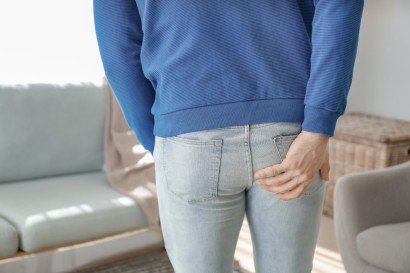The Centers for Advanced Orthopaedics is redefining the way musculoskeletal care is delivered across the region with locations throughout Maryland, DC, Virginia and Pennsylvania.
Pain in the Butt

As we all know, it is a challenge to maintain our bodies. Due to the daily grind of a busy DC lifestyle, it can be increasingly hard to find time to exercise. The current trend of smart watches and calorie counting wristbands are great tools to aid in avoiding a sedentary lifestyle. However, unless we are utilizing the proper musculature to accomplish our “10,000 steps” for the day, we will always be fighting an uphill battle.
Most people spend much of their day in a seated position, under-utilizing the muscles that are essential for core and hip stability. These muscles, known as “the Glutes” (Gluteus maximus, medius, and minimus), primarily produce hip extension and create pelvic stability in the frontal and transverse planes.
Extended periods of time in a seated position place the muscles on the front of your hips in a shortened position pulling the pelvis forward. This adaptation over time creates a mechanical disadvantage and functional weakness of the larger hip stabilizers in the back of the hips “the glutes".
This decreased strength and control causes inefficiency of the gluteal muscles to extend the hip. So, without your trusty glutes doing their job efficiently, your lower back muscles have to provide the extension that each of those 10,000 steps require. This can lead to eventual degeneration in the hips and lumbar spine over time, causing biomechanical imbalances and the inevitable “low back pain” that we all fear.
The old saying of “if you don’t use it, you lose it” definitely applies with the posterior musculature of the hips. However, there are things you can do to ensure that you maintain gluteal strength and motor control. It is important to take breaks between long bouts of sitting. Try to get up every hour and walk around for a few minutes. Some examples of exercise to perform include: lumbar extension, glute bridges, clamshells, and side steps.
As with all exercises, if there is pain you should consult your physician or therapist before continuing.